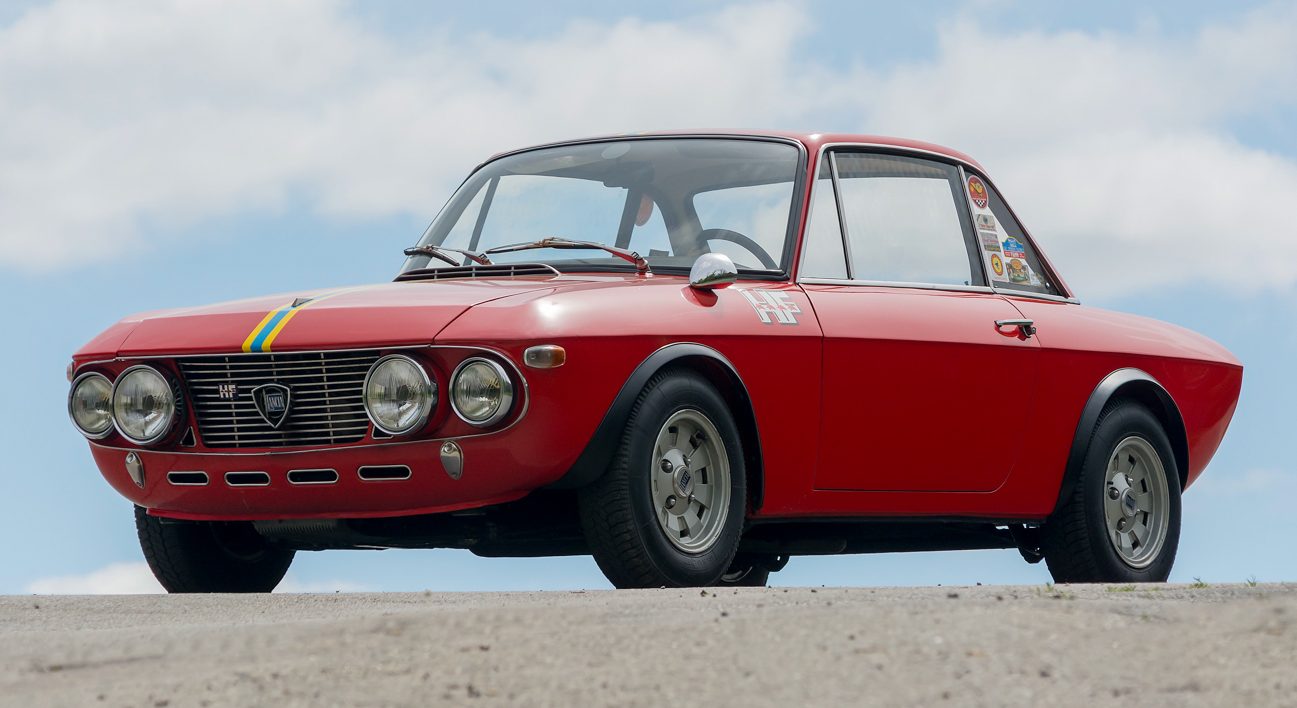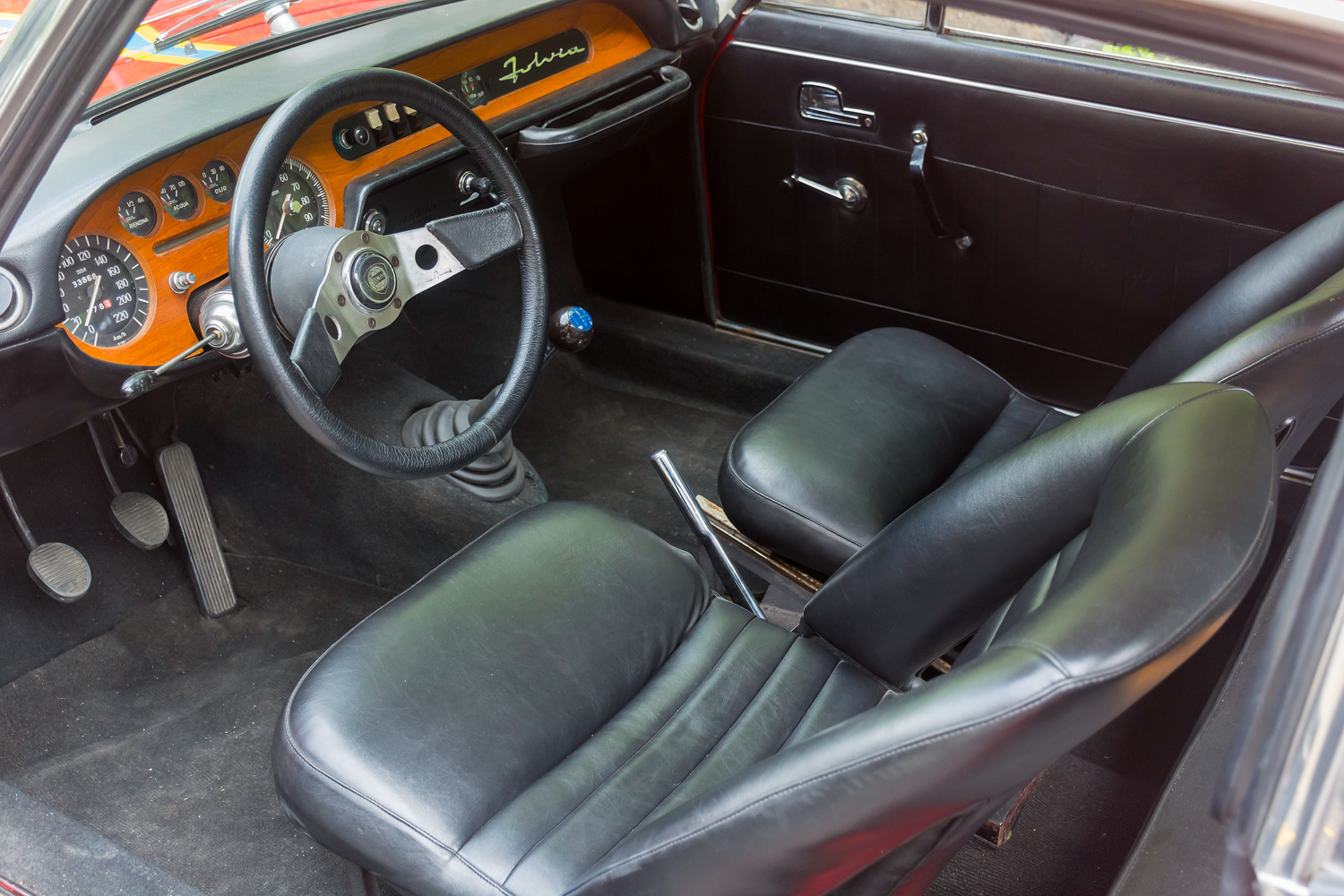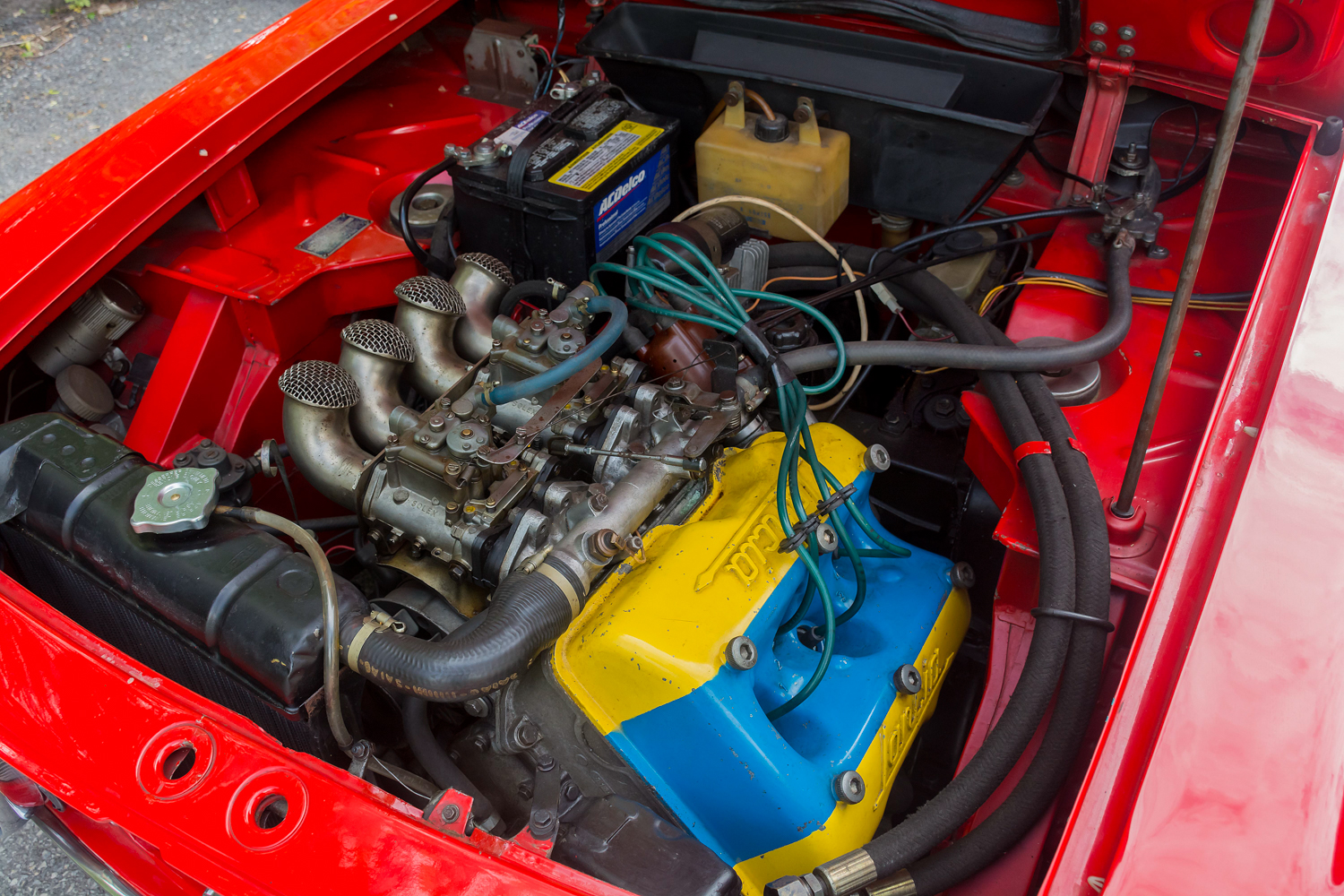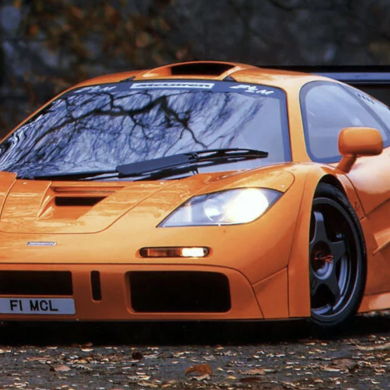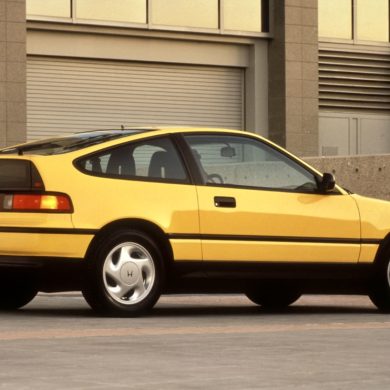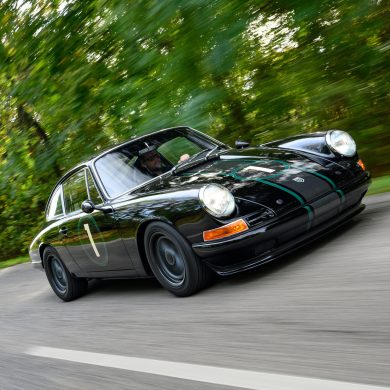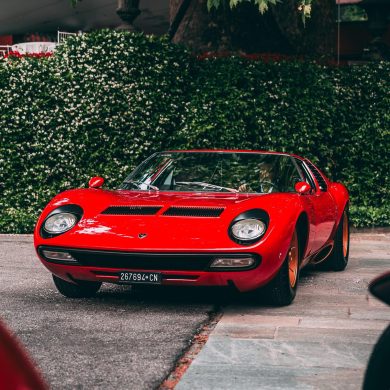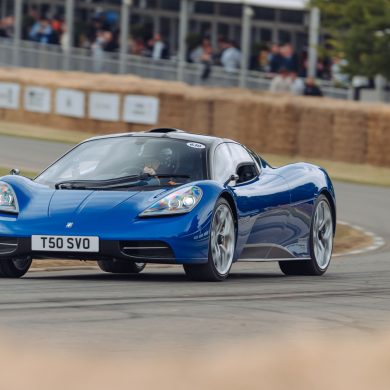Fair disclosure, I’m a multiple Lancia owner. I love everything about them. Their wonderful engine sounds, the brash audacity of their designs, the innovative engineering, and the daring risks the company founders took, year after year, with complete lack of regard for profits. Bold Italian passion oozes from every crevice of a Lancia, regardless of the era. And while several articles could go on about many significant models, the one that captures my eye over and over again, partly because one sits in my garage, is the Lancia Fulvia. Perhaps it’s the history, or the fact that even American car collectors are largely unaware of this remarkable brand, or the ongoing argument among Europeans—is it Lahn-Cha or Lan-Seeyah? However you chose to pronounce it, Lancia remains one of the most amazing and respected car companies.
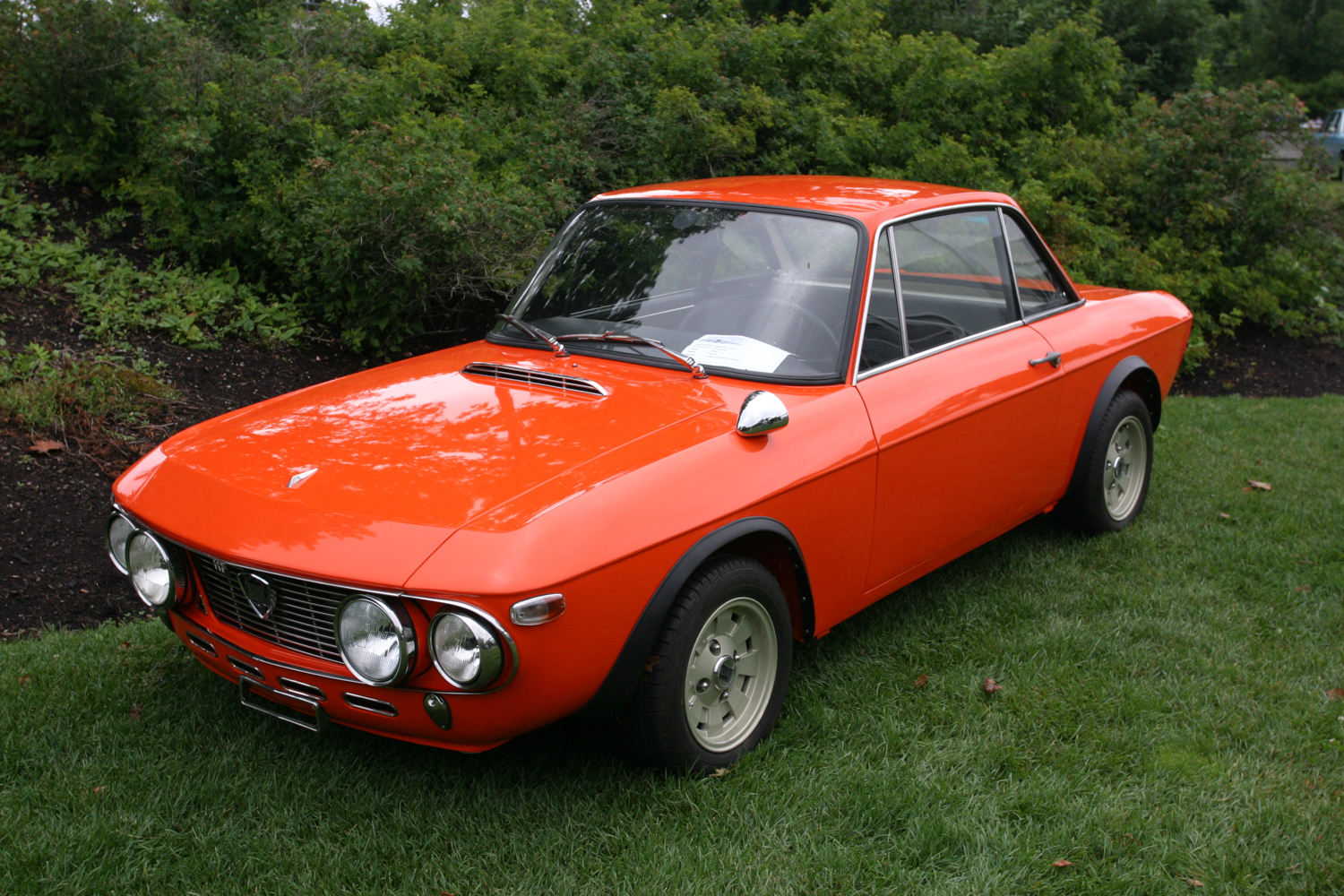
Famous for their incredible craftsmanship, innovative engineering and a passion for excellence regardless of cost, pre-Fiat ownership Lancias are, in many ways, in a class all their own. Few cars are as thoughtfully engineered or built, which partly explains why Lancia encountered a great deal of financial difficulty creating and selling these exceptional cars. Among the last of the pre-FIAT cars, the Fulvia offered interesting specifications that included a dual overhead cam, narrow angle V4 engine powering the front wheels, Dunlop disc brakes on all four corners, and numerous other innovative technical features. Road and Track magazine described the car in 1967 as, “a precision motorcar, an engineering tour de force.”
Surprisingly quick for its displacement, the Fulvia proved to be a highly effective competition car in both rally and circuit racing. Available in a variety of body styles including the attractive coupe bodywork, which provided excellent visibility, balance, and a surprising amount of space for larger drivers, a special series bodied by Zagato, the Zagato Sport, was also constructed.Throughout Fulvia production, the HF (High Fidelity) variant was the most desirable and highest-performing specification one could order. Built with competition in mind, the HF offered a higher state of tune, lightweight specifications (thanks to aluminum doors, hood, and deck lids), upgraded suspension, and driveline components. When the Fulvia was updated in 1969, the HF trim included an improved 1.6 liter engine (replacing the 1.3 unit), a 5-speed gearbox, integrated flared wheel arches and larger inboard driving lights. The end result was to become the definitive version of the car, the Fanalone. Something of a nickname, Fanalone is Italian for “large lights” a feature of the rally racing variant that has the visual appearance of somewhat bulging eyes.
Impressively equipped and ready for competition, the 1.6 HF Fanalone was an animal on the rally circuit, living up to the powerful elephant logo, trouncing the then-dominant Renaults and Porsche 911s. Fanalones accomplished win after win in the late 1960s, and finally in 1972, Lancia’s first world championship, lining up a series of many more to come, with a remarkable 11 championships (not to mention multiple driver’s titles) between 1972 and 1992, campaigning a host of now famous Lancias including the Stratos, Lancia 037 and Delta Integrale. Lancia’s 11 championships remains today a record that no other manufacturer has yet to achieve.
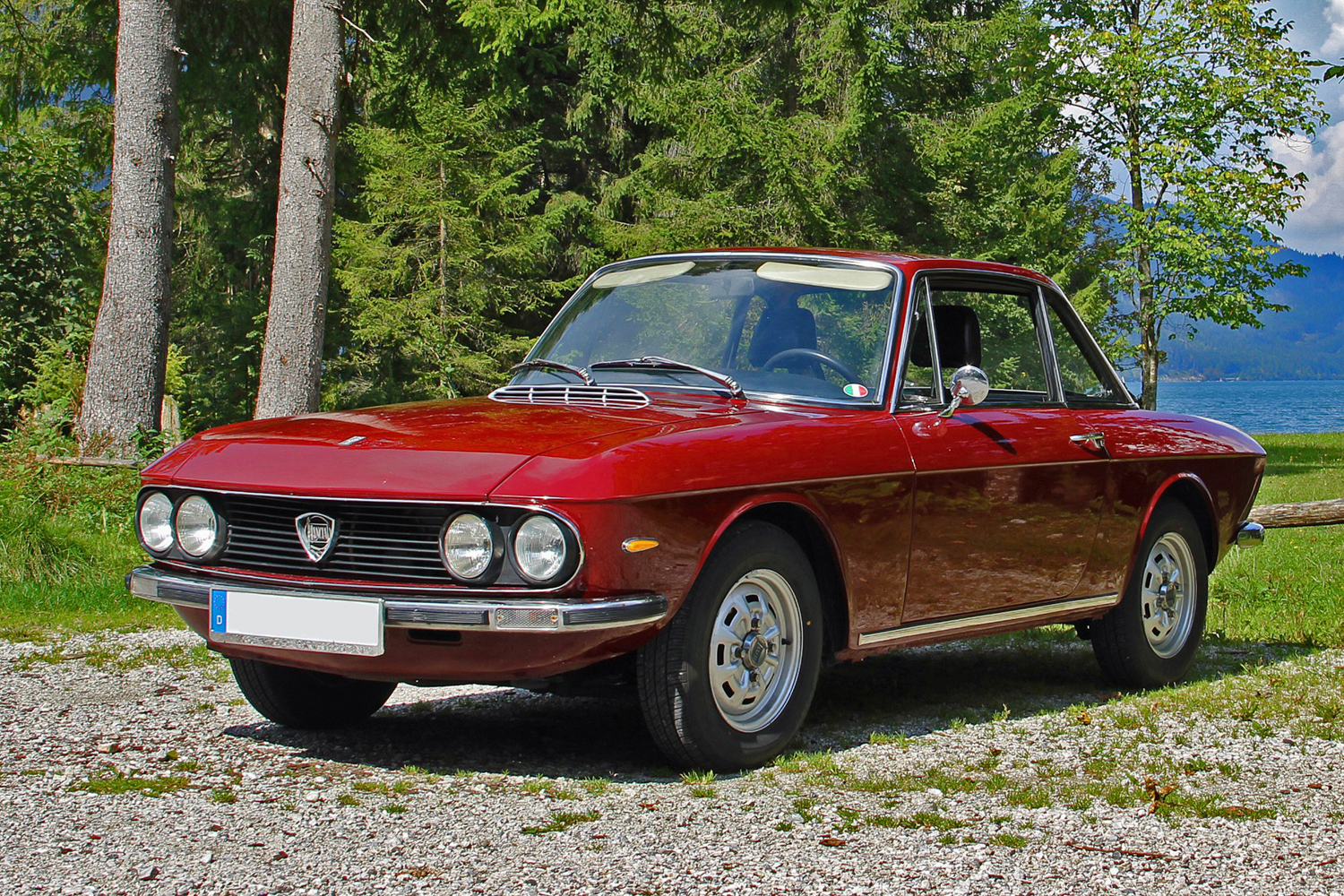
Designed in late 1963 and released in 1965, the coupe was the work of in-house designer Piero Castagnero. Informed by the growing interest in more linear designs, Castagnero completely erased any trace of the former rotund and curvaceous lines of the former Appia line. Instead, Castagnero created an elegant, compact, yet tailored design with crisp architecture and taut character lines, highlighted by a beautiful chamfered belt line that continued around the front of the car. The body side drape was clean and simple, with just a hint of fender lip to define the wheel arches. The rear of the car completed the three-box symmetry with a Kamm tail and a remarkably spacious trunk. The roofline was a brilliant piece of structural refinement with thin pillar construction and expansive glass all around. The upright and linear nature of the car was both formal and sporty, captured brilliantly at the edge of the roofline with a smaller chamfer echoing the belt line. These sharp but accelerated lines and compact proportions coupled with thin trim and minimal chrome made the Fulvia a masterful blend of upper and lower body architecture, tailored like a fine Italian suit.
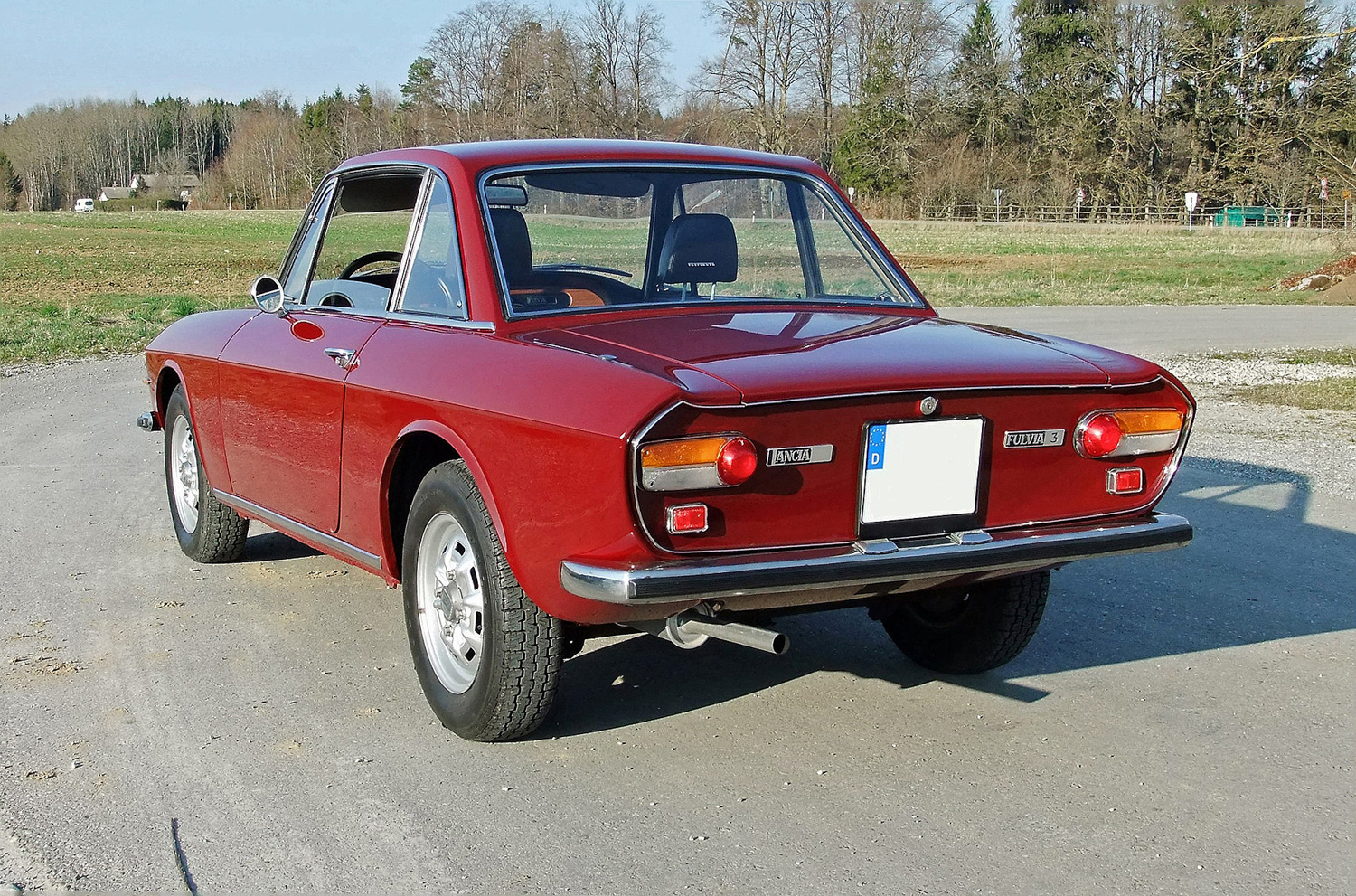
The Fulvia hit the market perfectly, at the same time several other car companies would deliver their versions including the BMW New Class (Neue Klasse), the Mercedes 230SL, and the surprisingly similarly designed Nissan Silvia coupe, all hoping to get a piece of the growing European sporting coupe market. The Fulvia platform was not only a significant sales success for Lancia, it ran from 1963-1976, remaining as fresh and relevant as it did when new, with constant mechanical improvements, but only minor changes to the wonderfully composed Castagnero design. Today the Fulvia remains cherished by collectors who appreciate the fine design, sporting characteristics and enjoyably affordable price. The first two of those traits are sure to remain for decades to come. Less likely however, with the last, as more and more collectors and enthusiasts realize the value and beauty of the Fulvia, be it the 1,3S Rally, the Zagato Sport, or the HF Fanalone.


